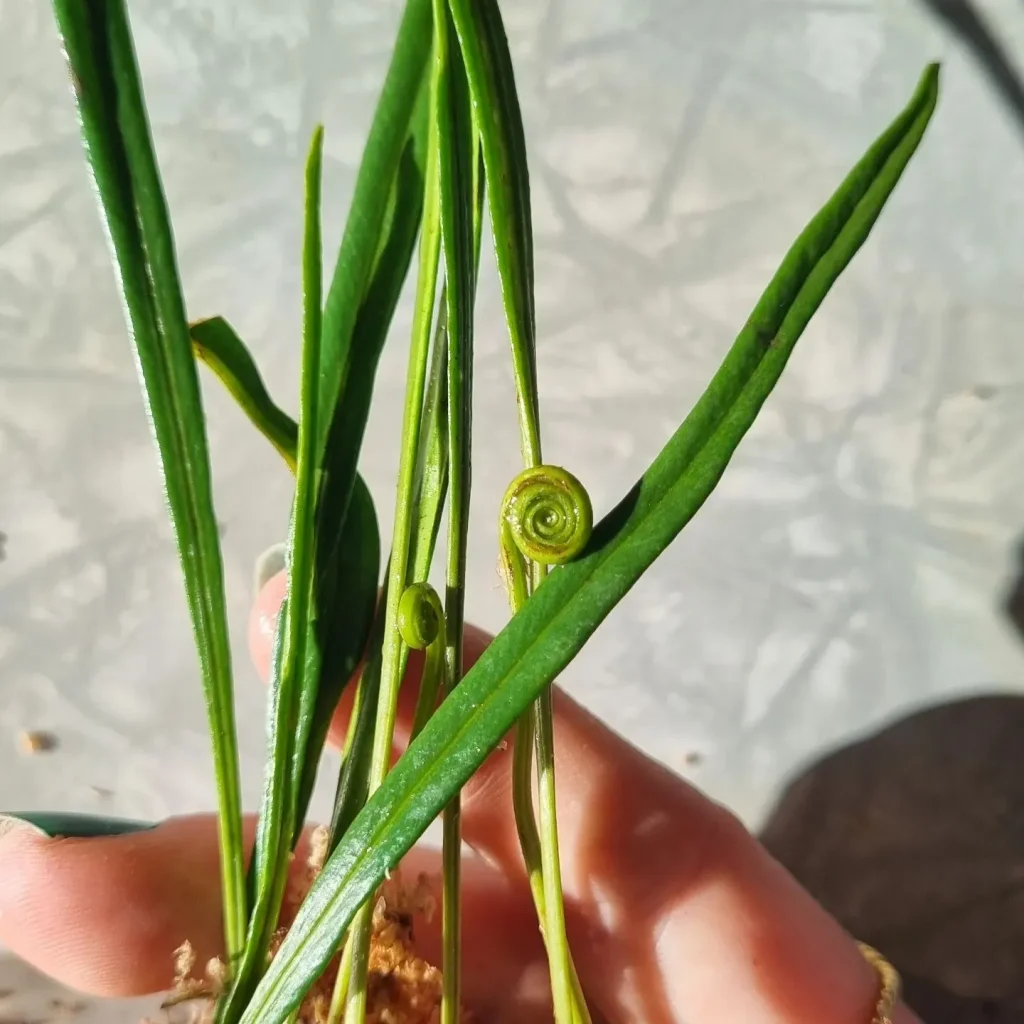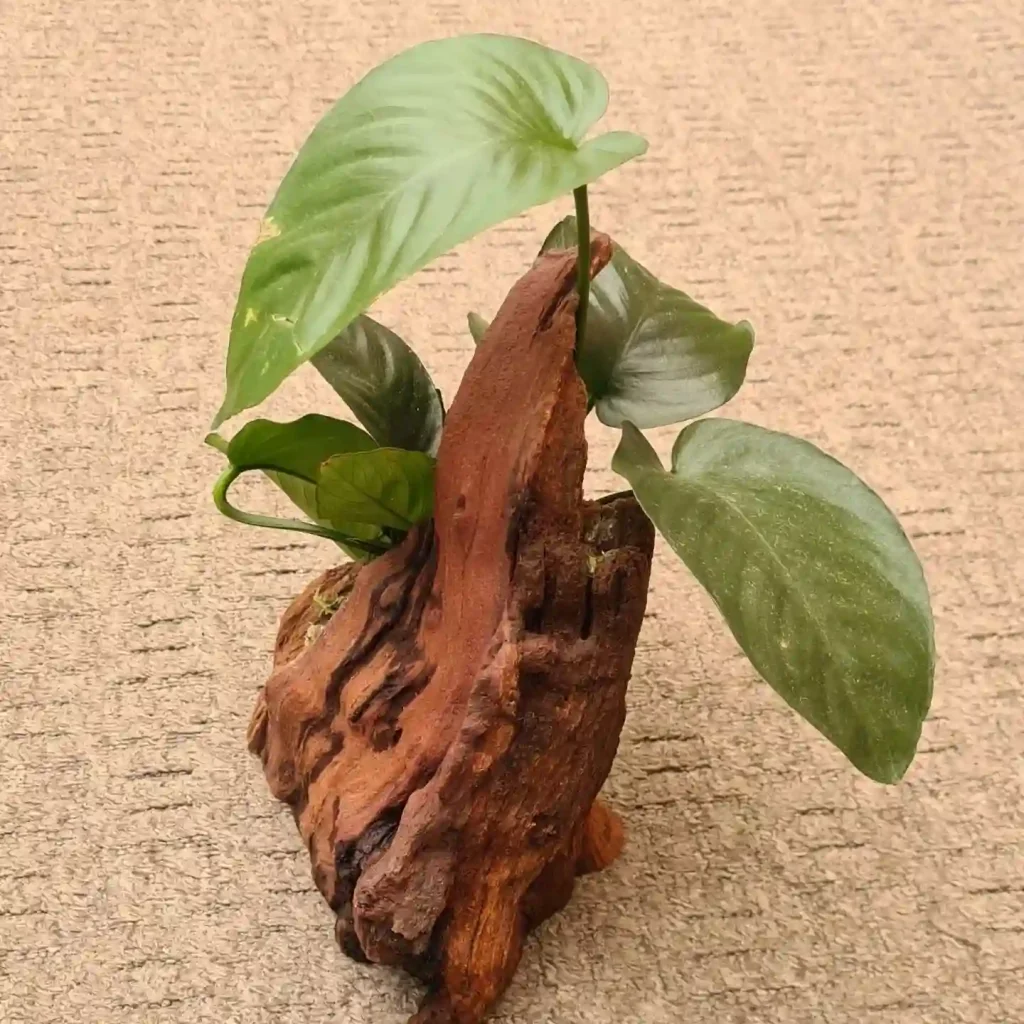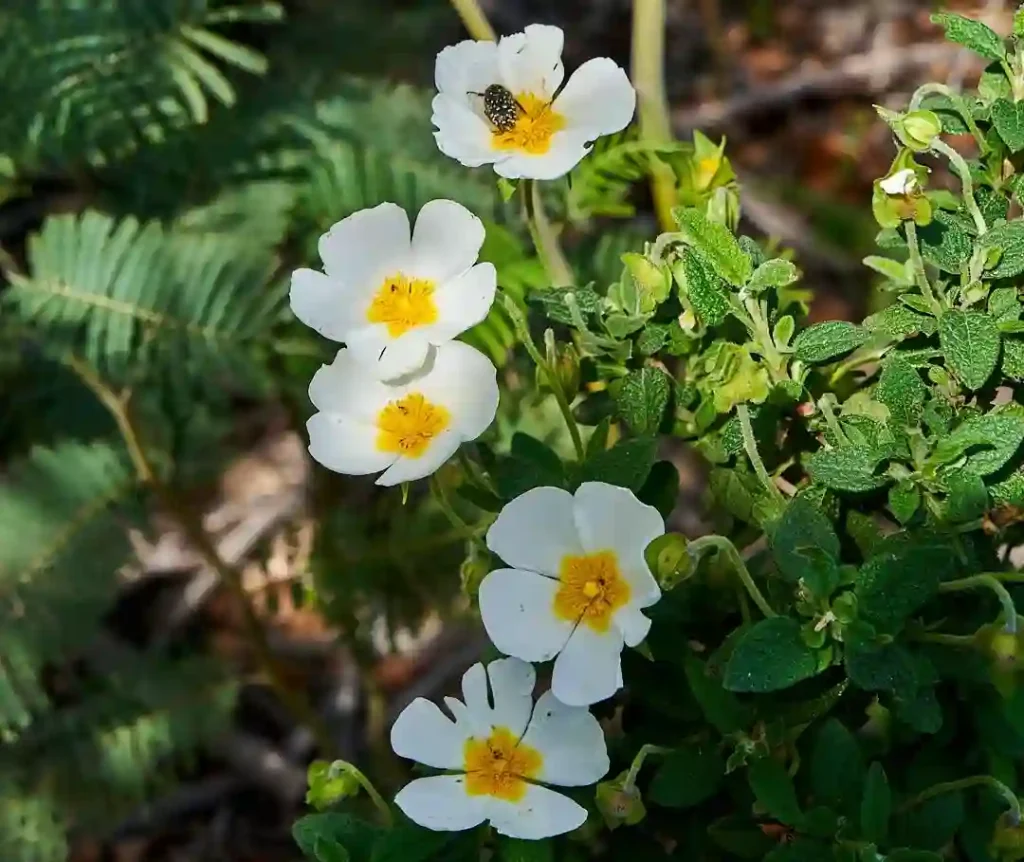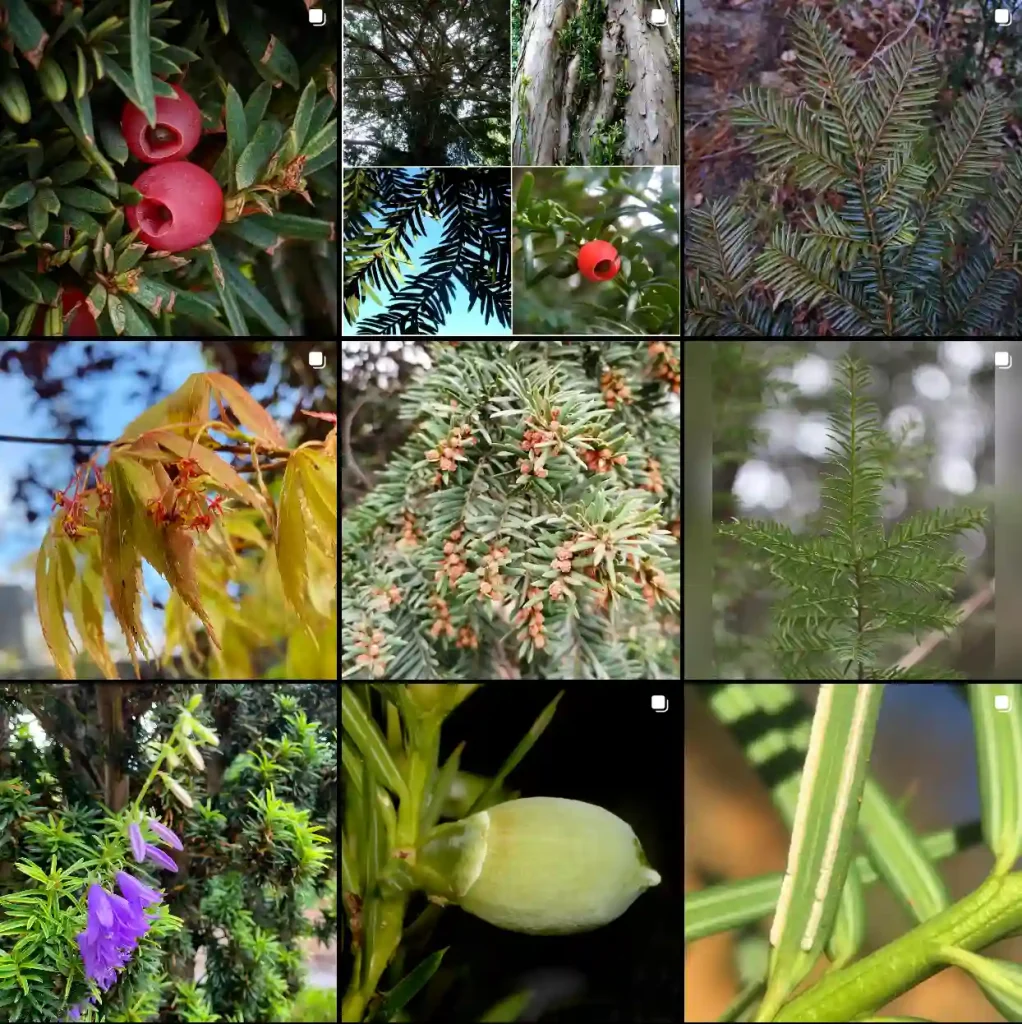Exploring the Resedaceae Family: A Deep Dive Into Its Genera
As an avid plant enthusiast, I’ve come across numerous plant families, but one that continues to intrigue me is the Resedaceae family. Often overshadowed by flashier plant groups, Resedaceae offers subtle yet significant beauty that deserves more attention. The diversity within this family extends across several genera, making it a fascinating subject for anyone with a deep appreciation for plants.
What Is the Resedaceae Family?
Resedaceae is a small plant family, primarily composed of herbaceous plants or small shrubs. You may have encountered them in Mediterranean climates, where they thrive in dry, rocky soils. Members of this family are typically found in Europe, North Africa, and parts of Asia. They often have a wildflower-like appearance, and while not the showiest of plants, they offer understated beauty, especially when you look closely at their flowers.
The flowers in the Resedaceae family are known for their intricate structure and unique colors. Unlike large, bold blossoms, these plants exhibit delicate petals that often range from white to pale yellow. The flowers have a subtle fragrance that attracts pollinators like bees and butterflies, contributing to the ecological balance of the regions where they grow.
Genera of Resedaceae
- Reseda: The most well-known genus of the family, Reseda, includes the popular mignonette (Reseda odorata). This species is renowned for its fragrant flowers, which emit a sweet and captivating aroma. – 68 Species in Genus Reseda
- Ochradenus: Another significant genus, Ochradenus, consists of plants that have evolved to withstand the harsh conditions of deserts. Their unique adaptations, such as fleshy leaves and deep root systems, enable them to conserve water and survive in arid environments.
- Oligomeris: Comprising a few species, Oligomeris is a genus with a more restricted distribution, primarily found in the Mediterranean region. These plants are characterized by their small, inconspicuous flowers and their preference for dry, rocky habitats.
- Caylusea: A lesser-known genus, Caylusea, is mainly confined to tropical Africa and Asia. These plants often exhibit a sprawling growth habit and bear clusters of small, yellow flowers.
- Sesamoides: This genus encompasses a few species that are native to the Mediterranean region. They are typically annual herbs with small, white flowers.
- Randonia: A monotypic genus, Randonia is represented by a single species, Randonia africana, which is endemic to North Africa. This plant is a small shrub that thrives in sandy and rocky areas.
- Borthwickia W.W.Sm.
- Forchhammeria Liebm.
- Ochradiscus S.Blanco & C.E.Wetzel
- Stixis Lour.
- Tirania Pierre
Morphological Characteristics of Resedaceae
Resedaceae plants showcase distinctive morphological traits. Their leaves are simple or pinnately divided, often arranged alternately on the stem. The flowers, which are typically small and inconspicuous, are borne in racemes or spikes. They are radially symmetrical and possess four to eight sepals and petals. The fruits are usually capsules that contain numerous seeds.
Ecological Importance of Resedaceae
Despite their relatively small size, Resedaceae plants play a vital role in their respective ecosystems. They provide food and shelter for various insects and other invertebrates. Additionally, some species, such as the mignonette, are cultivated for their ornamental value and their fragrant flowers.
Conservation Concerns
While some Resedaceae species are relatively common, others face conservation challenges. Habitat loss and degradation, primarily due to human activities, pose a significant threat to their survival. Climate change also adds to their vulnerability.
Conclusion
The Resedaceae family, with its diverse genera and intriguing adaptations, represents a captivating group of plants. Their ecological importance, along with their potential uses in horticulture and medicine, underscores their value. As we continue to explore and understand the intricacies of the natural world, the Resedaceae family will undoubtedly remain a subject of fascination and research for botanists and nature enthusiasts alike.
Remember: The conservation of these plants is crucial to ensure their continued existence and the preservation of biodiversity. Let’s appreciate and protect the Resedaceae family, a testament to the resilience and adaptability of life on Earth.
If i die, water my plants!



